Jan
27
2012
or Riffing on Moses

The Lord’s name might not be mentioned explicitly in the book of Esther (though some scholars see it hidden in the text), but as literature it is riddled with riffs on the patterns found in the Law and the Prophets. We don’t see it because we don’t interpret “musically,” that is, looking for recurring themes. [1]
Continue reading
Comments Off | tags: Covenant Theology, Deuteronomy, Esther, Feasts, James Jordan, Literary Structure | posted in Bible Matrix, Biblical Theology, The Restoration Era
Jan
16
2012
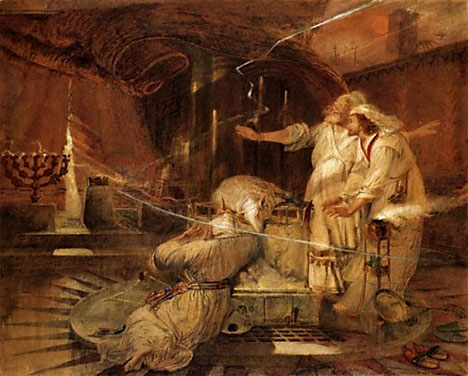
The word apocalypse does not denote the end of the world. It is literally a revelation, a revealing.
In his Pauline Theology paper, It’s the end of the flesh as we know it! A comparison of circumcision & apocalypse (2010), Steven Opp provides support for the identification of the book of Revelation as a Covenant lawsuit. Christ was circumcised, then Christ Himself was cut off. Israel was circumcised in Christ, then, in AD70, after decades of apostolic gospel witness, unbelieving Old Covenant Israel and its Temple worship, overseen by “the mutilation,” were cut off. On the final Day of Coverings, the flesh was exposed.
Continue reading
Comments Off | tags: Circumcision, Covenant Theology, Galatians, James Jordan, Paul, Peter Leithart, Power of the Gospel, Revelation, Steven Opp | posted in Biblical Theology, Quotes, The Last Days
Jan
7
2012

Here’s a new amazon review of The Covenant Key by “the man with the cigar,” David Deutsch.
Continue reading
Comments Off | tags: Covenant Theology, David Deutsch | posted in Bible Matrix, Quotes
Dec
24
2011
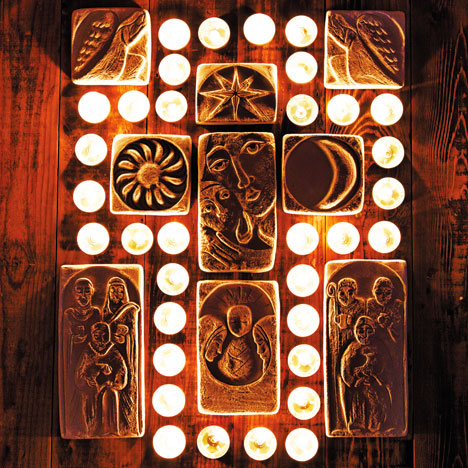
The Literary Structure of Luke 2
God loves architecture. He starts with a Garden, moves to stone, then to flesh. Should it surprise us that the Nativity and the events surrounding it follow the same patterns as the Tabernacle and the Creation week?
Continue reading
Comments Off | tags: AD70, Christmas, Covenant Theology, Feasts, Literary Structure, Luke | posted in Bible Matrix, Biblical Theology
Dec
22
2011

Along with many other academics — and many hymnwriters — J. R. Daniel Kirk believes the advent ended the Babylonian exile. He writes: “The exile was insufficient to pay for the people’s sins. So not only did the exile endure, so did the sins which were its cause.” Is really this the case? Israel never again worshiped the Canaanite gods. However, he still has a lot to say that is good:
Continue reading
Comments Off | tags: Babylon, Canaanites, Christmas, Covenant Theology, Exile, Matthew | posted in Bible Matrix, Biblical Theology, The Restoration Era
Dec
21
2011
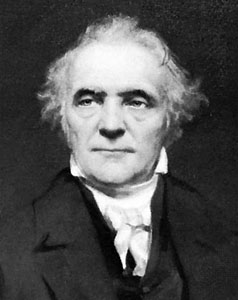 .
.
In The Covenant Key, you’ll see the structure and purpose of all Biblical Covenants laid bare. It hammers home what is promised and what is at stake (the future), and how it all hinges on one simple thing — obedience.
“Real supernatural power is always found in the last place we want to look, the place of humble submission to God and His Law.”
Without fail, the simple passing of time exposes all the man-made isms for what they are: sophisticated attempts to obtain the blessings of God while avoiding obedience to the Law of God.
Continue reading
Comments Off | tags: Covenant Theology, Fasting, Prayer, Tim Challies | posted in Christian Life
Dec
7
2011
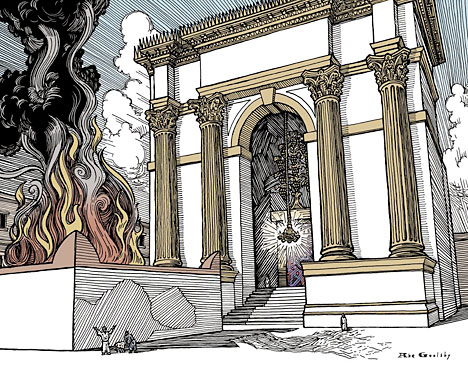
This post concerns the Covenant-literary structure of 2 Thessalonians 2. The context and audience are first century, but it amazes me how willing we modern Christians are to do intricate hermeneutical acrobatics to avoid the obvious conclusion that the particular “coming” of Christ referred to here was also a first century event – the end of the Old Covenant in AD70.
A reasonably close look at the text makes it inescapable. A very close analysis makes it inexcusable, especially once we are versed in the literary mechanics of the Bible Matrix. Continue reading
1 comment | tags: AD70, Atonement, Circumcision, Covenant curse, Covenant Theology, Hermeneutics, Herod, High Priest, Jericho, Paul, Thessalonians, Urim and Thummim | posted in Bible Matrix, Biblical Theology, Ethics, The Last Days
Dec
6
2011

I posted this cycle in response to a comment/suggestion by Steven Opp. It’s from Totus Christus. I’ve learnt since 2009 that the texts contain much more precise structures than I was aware of at the time, but do believe this one still holds water at a general level. And speaking of water, look where Paul’s baptism occurs in the passage.
Continue reading
7 comments | tags: Acts, Baptism, Covenant Theology, Literary Structure, Totus Christus | posted in Bible Matrix, Biblical Theology
Dec
3
2011
1 Peter 2:4-10 | Sermon Notes
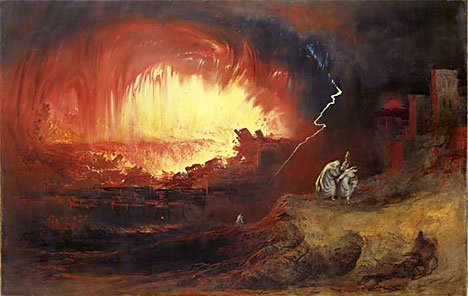
The Stoning of Israel
I think it’s worth looking at the literary structure of this passage. Here’s a revised version of the sheet I handed out after the sermon.
As I’ve written before, modern readers (and commentators) only look at the content of the text, but the authors of Scripture also communicate to us through where they place that content within that text, i.e. how it is arranged.
Continue reading
1 comment | tags: Baptism, Covenant curse, Covenant Theology, Literary Structure, Lot, Moses, Peter, Ruth, Systematic typology, Tabernacle, The Law, Typology | posted in Bible Matrix, Biblical Theology
Nov
11
2011
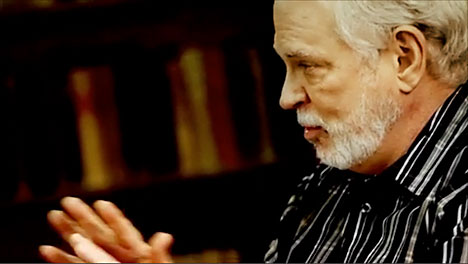
“In Genesis 1, God creates the world in six days, through certain steps. Then He creates human beings out of ‘world,’ and human beings made out of world are going to live like ‘world’ does. They are going to go from darkness to light, formlessness to form; they are going to marry and take dominion. They are going to become like lights ruling over the earth. They’re going to live in 24 hour cycles. They will undergo times when God pulls them apart and puts them back together in new ways–all because they are made out of world. And these are all steps of glorification.” — James B. Jordan (The Bible You Never Read)
Some Christians assert that Adam was not the first man, only the first man in Covenant with God. [1] This means that the judgments upon such a Covenant could only be social, not “Creational.” They could only fall upon those under Covenant, not the “pre-Adamic” people from which this Covenant separated Adam. This assertion must be made to support the view that the Great Flood was only a local event, destroying only the “Adamites,” not all people on the planet. Does this assertion have any support in Scripture? Apparently yes, but factually no.
Continue reading
2 comments | tags: Abraham, Covenant Creationism, Covenant Theology, Flood, Gnosticism, James Jordan, Noah | posted in Against Hyperpreterism, Biblical Theology, Creation, Quotes, The Last Days



































